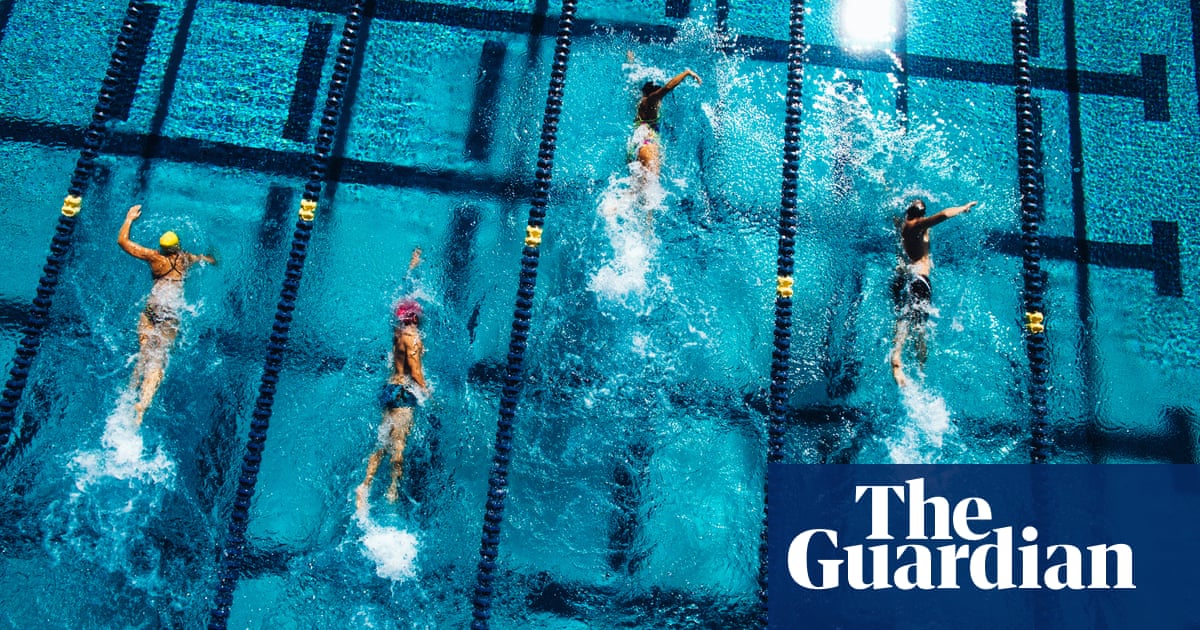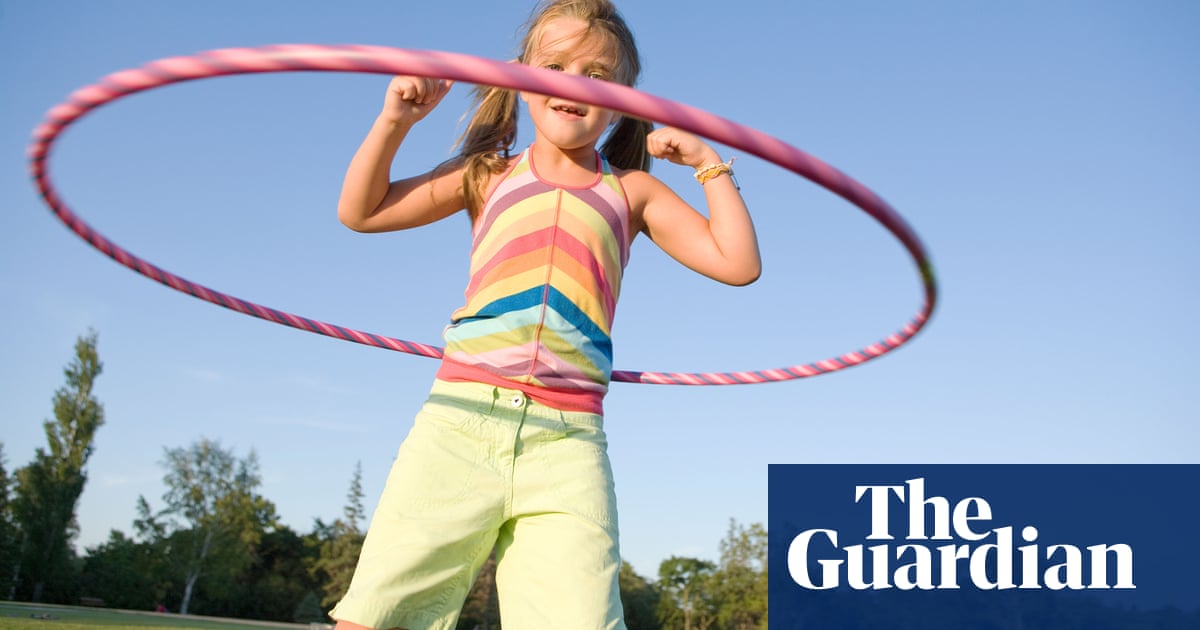
Cath Bishop provides a stirring call for the recent review of Swim England’s toxic culture not to be “just another culture review” in sport (Swim England’s toxic culture must go – it is time for sport to prioritise joy, 14 March). Unfortunately, it most likely will be. The belief that extraordinary achievement requires extreme levels of sacrifice and suffering is deeply ingrained in elite sport. It is, though, in my view and the view of many others whose research is focused on identifying the ingredients for success at the highest levels, a myth.
This myth endures because the world of elite sport suffers from a phenomenon called survivorship bias. This is where we magnify the importance of the characteristics and experiences of those who are successful, without proper attention to those who aren’t.
If a system that produces our best athletes is rough and tough, and legitimises maltreatment of athletes, we ascribe their success to this environment and the characteristics of the athletes that seemingly helped them along the way. Instead, we should be asking ourselves how much talent is lost, and how much potential unfulfilled, as a result of these types of environments.
It is noteworthy that these environments are frequently recounted positively only by those who make it through to the other side, and even then they are often not unscathed. The majority of those for whom such environments are too much to bear are left unheard – a hidden and apparently acceptable cost.
Until the broader myth about elite sport is debunked, and more athletes’ voices are heard, these types of environments will most likely continue.
Andrew P Hill
Professor of sport and exercise psychology, York St John University
Cath Bishop’s cautionary words about the “damagingly narrow focus” on performance swimming resonate more than she may have intended. For the past 15 years I have been using the lane swimming facility at my local sports centre. I am 75 years old and swim a mile in 40 to 45 minutes – not record breaking but a decent, steady “long-course” speed. Up until the Covid closures, this was relaxing and enjoyable – and no doubt helped to keep me fit.
The four lanes at the pool are marked Faster, Fast, Medium and Slow. The first of these (which for a while was called a training lane) has always accommodated short-course sprinters. The fast lane provided a very comfortable environment for longer-course swimmers like myself. As regulars, we tended to know each other’s speed and could make appropriate accommodation.
Over the last couple of years both the fast and faster lanes have become the province of short-course sprinters – with their clip boards, flippers, floats and other performance paraphernalia. On two occasions recently I have been told quite aggressively that I shouldn’t be in “their lane”. Sadly, I have seen a marked drop-off in the number of swimmers that now use the pool for general exercise and recreational purposes rather than for a “damagingly narrow focus” on performance.
Colin Thunhurst
Keighley, West Yorkshire












